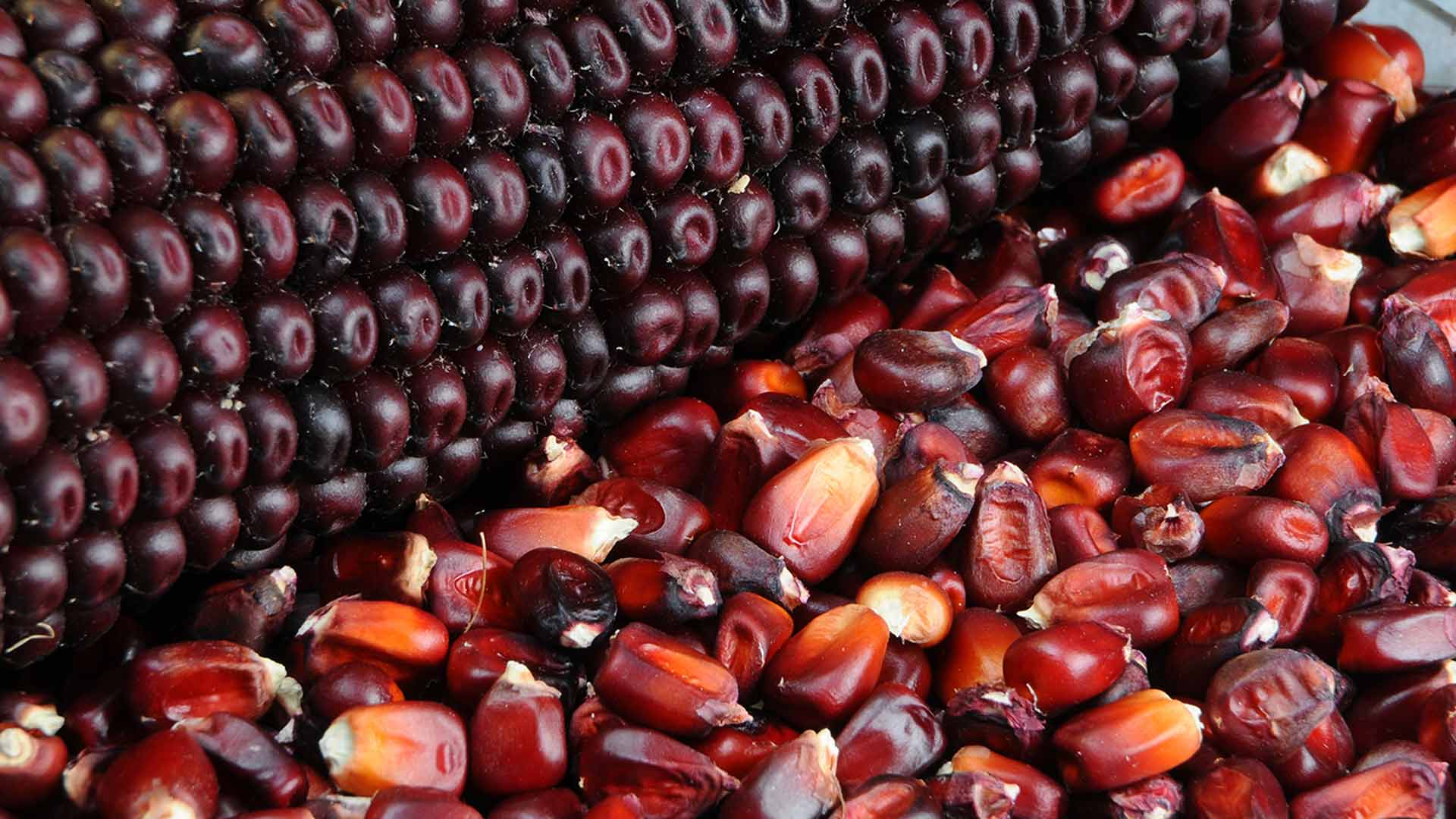Afton, Minn. — Bill Petrich is seeing red. It’s a good thing.
Petrich is CEO of Suntava, a new company producing red dye from purple corn grown in southwest Minnesota. Suntava is finding commercial success with food and beverage companies looking to replace petroleum-derived red dye #40 with a natural colorant.
“With any start up, you have some bumps in the road,” Petrich says. “And we’ve been through our fair share, but there are some bright lights at the end of the tunnel.”
Suntava extracts natural color, trademarked Sayela™, from Suntava™ Purple Corn, bred by Red Rock Genetics of Lamberton, Minn. The corn variety is not genetically modified. Petrich says Suntava is working on delivering its first significant color order and he’s tapping into markets he didn’t foresee.
“We’ve tested the colorant in a number of unique applications and are making inroads into cosmetics and even seed coatings,” Petrich says. “There are a lot of opportunities we never imagined.”
Suntava “has identified a new use for a unique agricultural commodity,” says Dennis Timmerman, AURI project director. AURI has provided technical and extraction-process assistance. “Not only has this led to the development of a new business, it benefits growers in southwest Minnesota who grow the purple corn for Suntava,” Timmerman says.
The whole grain from Suntava’s purple corn can also be used in tortilla and corn chips. “We started going after the food market about six months ago,” Petrich says. “It’s a nice augmentation to our business.”
Nutraceuticals also offer market potential. Suntava Purple Corn contains high levels of antioxidants used in dietary supplements, energy drinks, breakfast cereal and other fortified foods.
Sayela colorant is close to the hue of red dye #40, which is the most prevalent synthetic dye used in U.S. foods and beverages. Since the purple corn handles similar to field corn, it can be dried and stored for extended periods — a competitive advantage over natural dye sources such as black carrots or elderberries that are more challenging to store.
Petrich says food and beverage companies are also interested in a domestic source because dyes that come from international locations require refrigeration during shipment.
“Color is everywhere,” Petrich says. “It’s a big, big market.”
